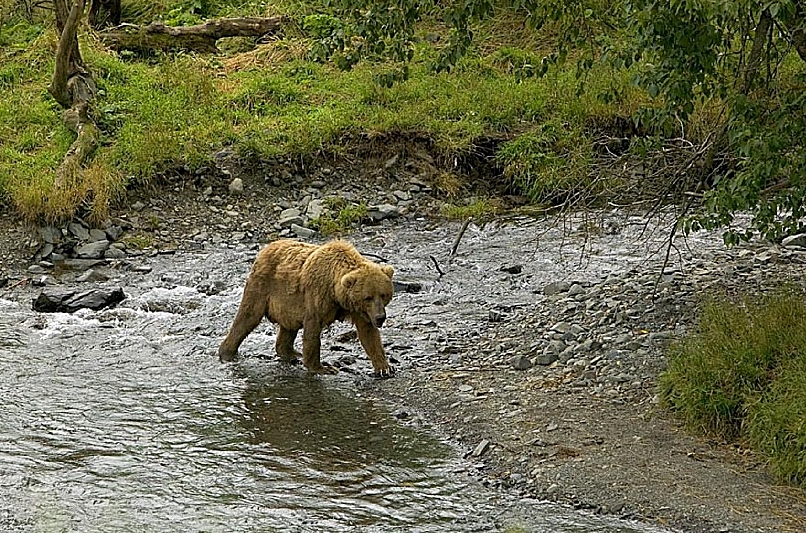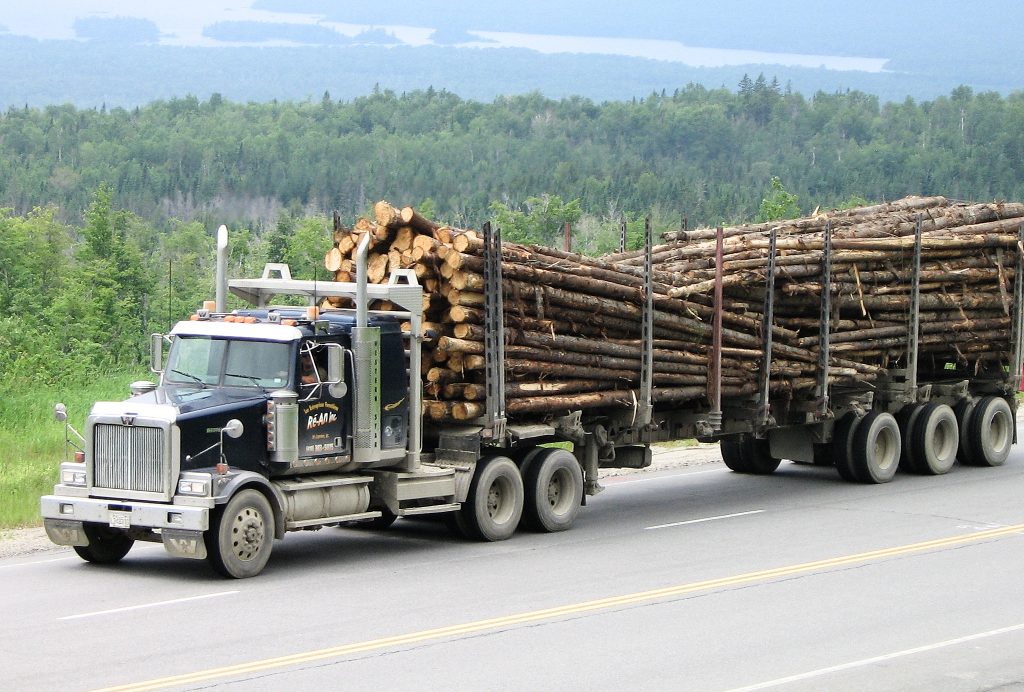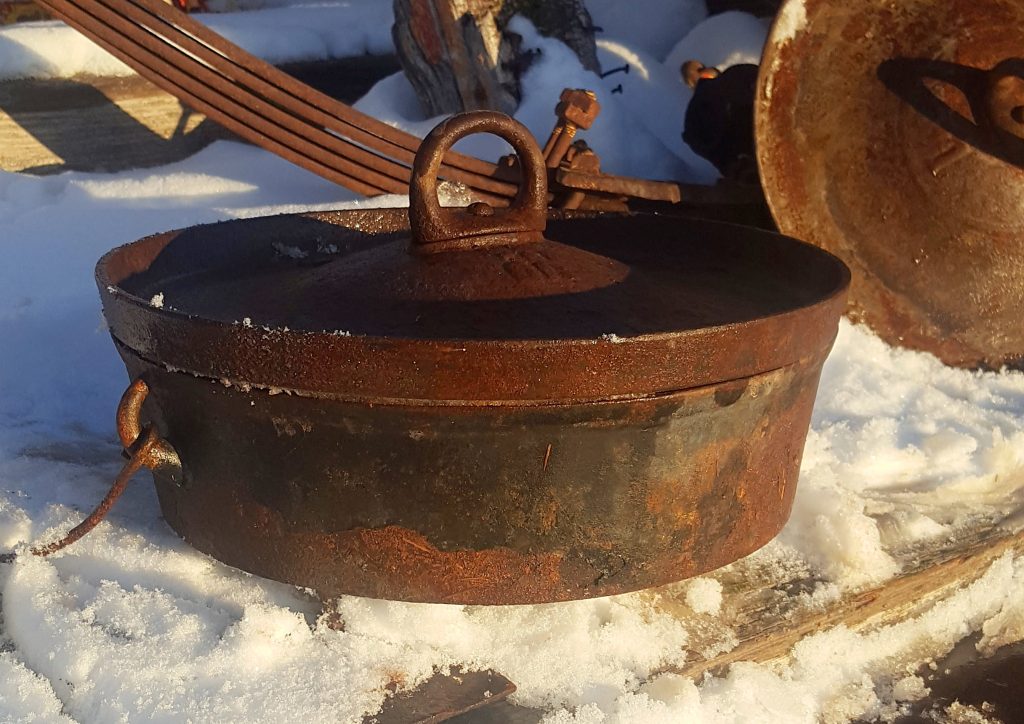Ethan Lane, executive director of the Public Lands Council and the National Cattlemen’s Beef Association Federal Lands organization, said those groups are extremely disappointed. He said Zinke has talked about being a better neighbor, but that reintroducing as many as 200 man-eating predators into an area “reeling from an exploding gray wolf population is anything but neighborly.”
Dan Wheat
SEDRO-WOOLLEY, Wash. — In an apparent turnabout, the Trump administration is restarting a study of grizzly bear recovery in the North Cascades that was put on hold last December.
“Restoring the grizzly bear to the North Cascades ecosystem is the American conservation ethic come to life,” Secretary of the Interior Ryan Zinke said March 23 at the North Cascades National Park Complex headquarters in Sedro Woolley.
“We are managing the land and the wildlife according to the best science and best practices. The loss of the grizzly bear in the North Cascades would disturb the ecosystem and rob the region of an icon,” Zinke said. “We are moving forward with plans to restore the bear to the North Cascades, continuing our commitment to conservation and living up to our responsibility as the premier stewards of our public land.”
Zinke, who met with the region’s native American tribes the day before, emphasized the cultural and spiritual importance of grizzly bears in tribal communities, the contributions grizzly bears make to the biodiversity of the ecosystem, and the ecological devastation that the permanent loss of grizzly bears would cause if nothing is done.
Zinke’s statement delighted environmentalists and left ranchers and some other rural residents disappointed, baffled, angry and feeling betrayed.
In December, Conservation Northwest, a regional conservation organization strongly supportive of grizzly bear recovery, lamented media reports that North Cascades National Park Superintendent Karen Taylor-Goodrich said at a Dec. 13 Interagency Grizzly Bear Committee meeting in Missoula, Mont., that Zinke’s office had asked her staff to stop work on its environmental impact statement for grizzly bear recovery.
Friday, Conservation Northwest and Defenders of Wildlife issued statements thanking Zinke for supporting recovery and restarting the EIS process.
A final EIS will be issued in late summer. The National Park Service and U.S. Fish and Wildlife Service will then choose a no-action alternative or one of several proactive alternatives. The proactive alternatives aim to restore a reproducing population of about 200 grizzlies by bringing them in from other areas.
The agencies’ decision will be final and will not need Zinke’s approval, Taylor-Goodrich said.
“The situation in December was more a pause than a decision to stop,” Taylor-Goodrich said. “The new administration was taking stock of a lot of projects. We had a chance to go back and engage the secretary for him to truly understand the issues.”
U.S. Rep. Dan Newhouse, R-Wash. and whose district encompasses part of the North Cascades, said he was disappointed Zinke didn’t talk to him first.
“I reiterate that I hold the same position that I took after listening to my constituents. Local communities in Central Washington thought reintroducing grizzly bears was a bad idea when proposed by the previous administration, and it would be just as bad an idea if entertained by the current administration. The federal government should listen to and respect the local community,” Newhouse said.
Sarah Ryan, executive vice president of the Washington Cattlemen’s Association, said the idea of “dumping man-eating grizzly bears from helicopters into Washington national parks has not been well thought out.”
Once grizzlies walk out of the park into rural towns and private and state lands, people will be greatly impacted, Ryan said.
“Already the livestock community has had little to no help with the management and recovery of wolves in the North Cascades, and cannot accept and welcome another federally listed apex predator with no monetary help from the federal government,” she said.
Ethan Lane, executive director of the Public Lands Council and the National Cattlemen’s Beef Association Federal Lands organization, said those groups are extremely disappointed. He said Zinke has talked about being a better neighbor, but that reintroducing as many as 200 man-eating predators into an area “reeling from an exploding gray wolf population is anything but neighborly.”
Free Range Report
Thank you for reading our latest report, but before you go…
Our loyalty is to the truth and to YOU, our readers!
We respect your reading experience, and have refrained from putting up a paywall and obnoxious advertisements, which means that we get by on small donations from people like you. We’re not asking for much, but any amount that you can give goes a long way to securing a better future for the people who make America great.
[paypal_donation_button]
For as little as $1 you can support Free Range Report, and it takes only a moment.



